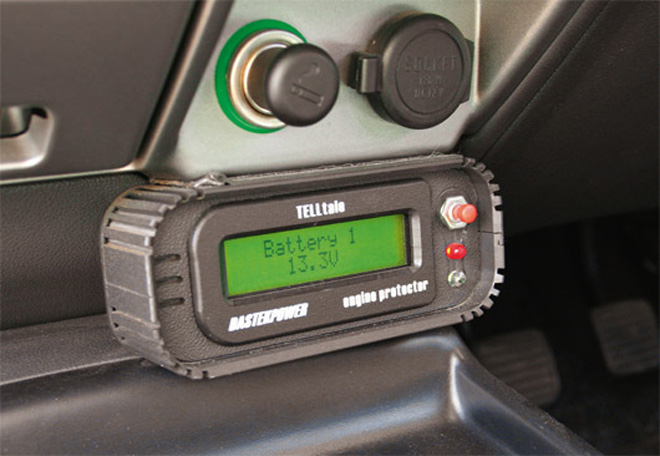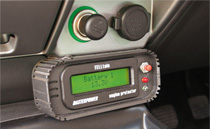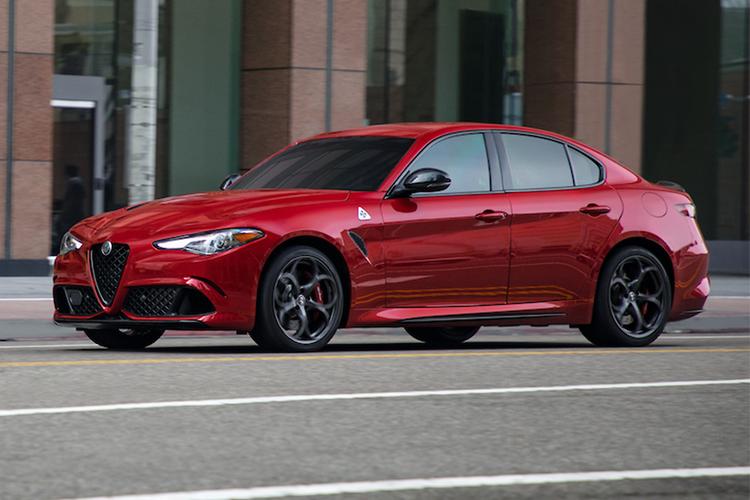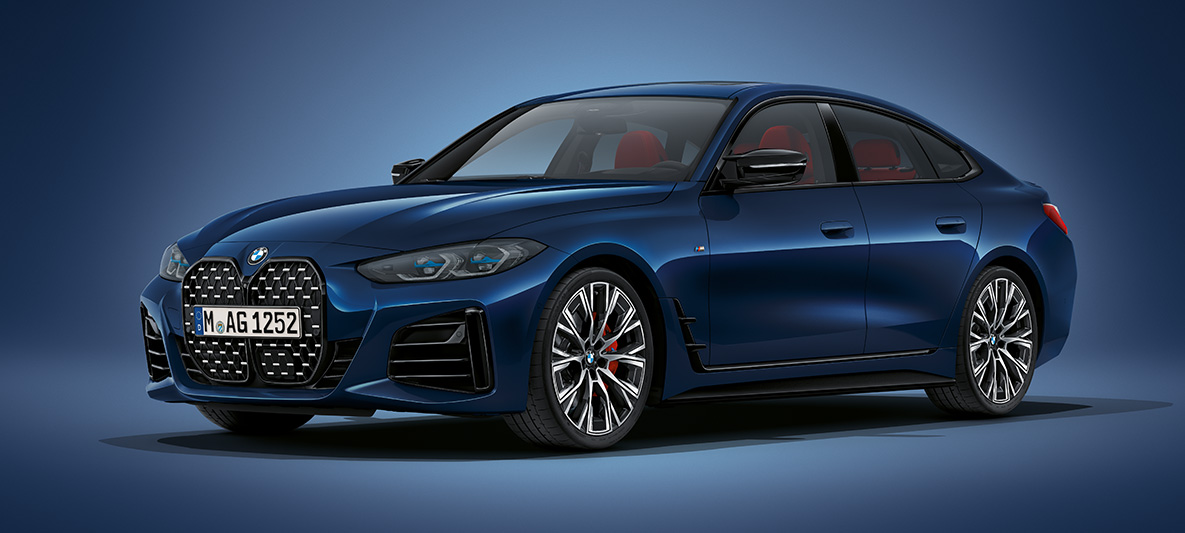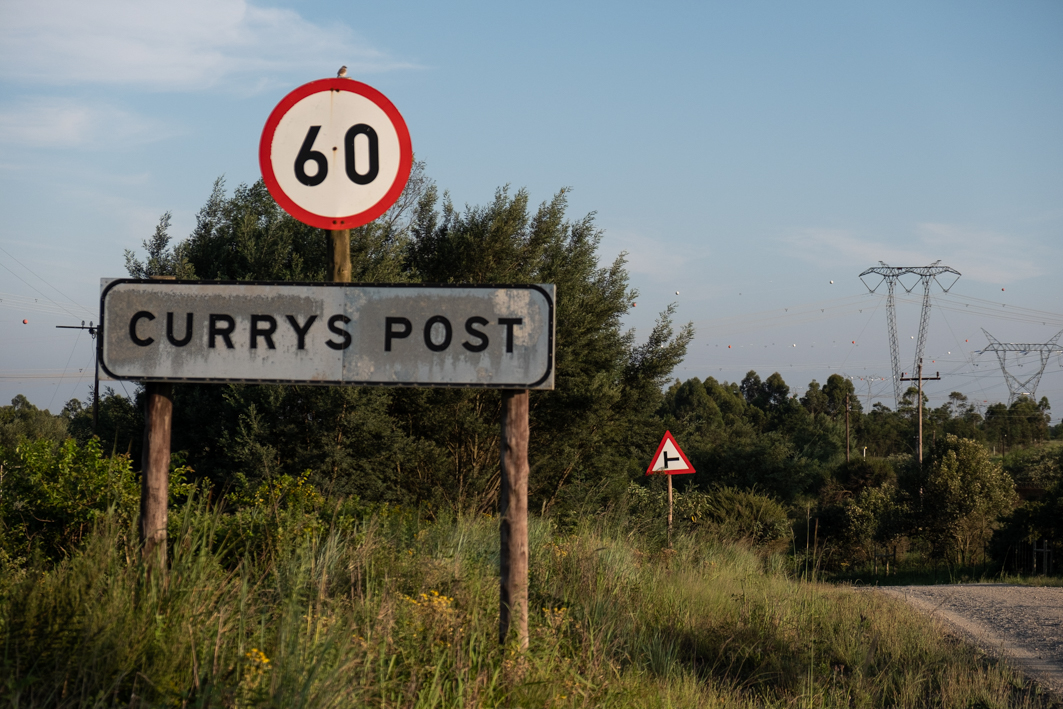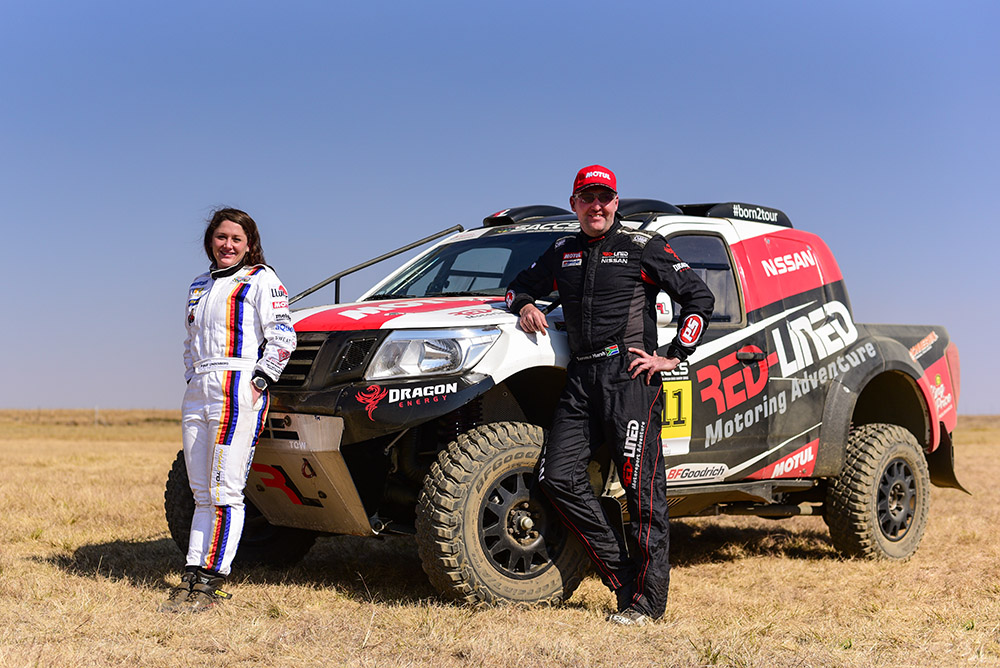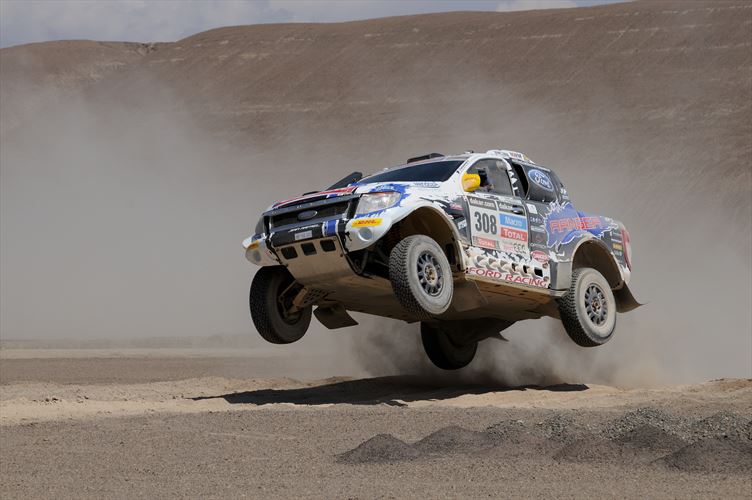Remember the days when you, for better performance, skimmed the head, fitted a high-lift cam, polished the ports and tuned the carbs? Well, those days are over, for newer ECUequipped vehicles anyway. Today it’s plug… and play
So you’ve finally swapped the Beemer for a double-cab turbodiesel 4×4. You’re about to live your dream of going into the wide outdoors with your family, camping, tackling a couple of demanding 4×4 routes, even a three-week Botswana and Namibia adventure – off the beaten track, of course.
But, when the traffic light goes green, you’re suddenly left behind. By a 1995 Opel Kadett! And overtaking manoeuvres on the open road suddenly require careful planning and a completely open road ahead, where previously you just floored the Beemer’s accelerator.
What you need is an SAC PowerPlug, a pre-wired, reprogrammable piggyback computer that plugs into your vehicle’s standard Electronic Control Unit.
There is no cutting of your vehicle’s existing and complicated wiring harness. This unit then allows one of SAC’s tuners to fine-tune your vehicle on the dynamometer to local South African conditions, while – most importantly, says SAC – not affecting any of the electronic safety parameters built into the engine’s ECU by manufacturers.
SAC has outlets in major centres in South Africa, but for convenience sake we popped into our closest one, SAC Diesel Centurion, to collect a demo vehicle to test for a couple of days.
As it happens, SAC has a cost-effective, R6900 performance upgrade package for the Isuzu KB300 D-TEQ that transforms it into a very capable performer.
Not that the 3,0-litre D-TEQ engine is a slouch in standard trim. It produces a very decent 120 kW at 3600 r/min, along with 360 Nm of torque delivered over a rev range of 1800 to 2800 r/min.
For instance, the 0-100km/h sprint is taken care of in just short of 13 seconds; the one-kilometre sprint comes up in 34 seconds at 150 km/h odd, and it tops out at 175 km/h.
The test unit also came equipped with the optional map select switch, marked from one to five, with one being standard performance and five optimal performance. The owner can choose any of those depending on his requirements, be it sand driving, towing or fuel economy.
Needless to say that we chose five and firmly closed the cubbyhole… Just kidding. While the difference between the in-between settings isn’t that noticeable in normal driving (we only had the vehicle for a couple of days – owners will have more ti me to find the ideal one) the performance difference between setting one and five is marked.
SAC claims 15% more power and 20% more torque, and better consumption at steady speeds. Tested at Gerotek by an independent company, the Isuzu KB 300 DTEQ LX Double Cab 4×2 reached 100 km/h from stand-still in less than 11 seconds; the one-kilometre sprint was down to 32 seconds at almost 160 km/h, and a top speed of just over 180 km/h was recorded.
But what may count even more to many in the real world of constantly having to overtake large trucks and slow-moving traffic on the open road is the fact that the overtaking ti mes are also reduced.
The 60-100 km/h segment in fourth gear was completed in eight seconds, as opposed to nine seconds for the standard version. Accelerating from 80-120 km/h in fifth gear was down by over two seconds, and that means a long distance you don’t have to spend on the wrong side of the road.
But the proof of the pudding is in the driving. In town we (and a couple of Opel Kadett s) found the acceleration surprisingly brisk and satisfying for an oil-burning, large double-cab bakkie with canopy fitted.
It was quick off the mark, with a steady and strong fl ow of power right up to the red line. Very noticeable too was the oodles of torque available from literally idling speed, and we found ourselves on several occasions in fifth gear with the rev counter hovering around 1400 r/min, with the Isuzu happily cruising along.
Inclines too proved no problem. On the way home is a particularly steep hill where we have to gear down a notch or two in other vehicles to keep the speed to 100 km/h. The KB300 simply sailed up there in top gear, not missing a beat.
A trip to the Waterberg (and a late start in Johannesburg) necessitated calling on the Isuzu’s horses, and we were again impressed by the strong overtaking acceleration. At 110 km/h it was simply a question of feeding in more diesel to overtake, without having to gear down.
The PowerPlug can also be removed by simply unplugging it when the vehicle needs to be serviced, or driven by your teenage son.
It’s an affordable, sensible performance option that shouldn’t affect long-term reliability, provided it’s not abused.
